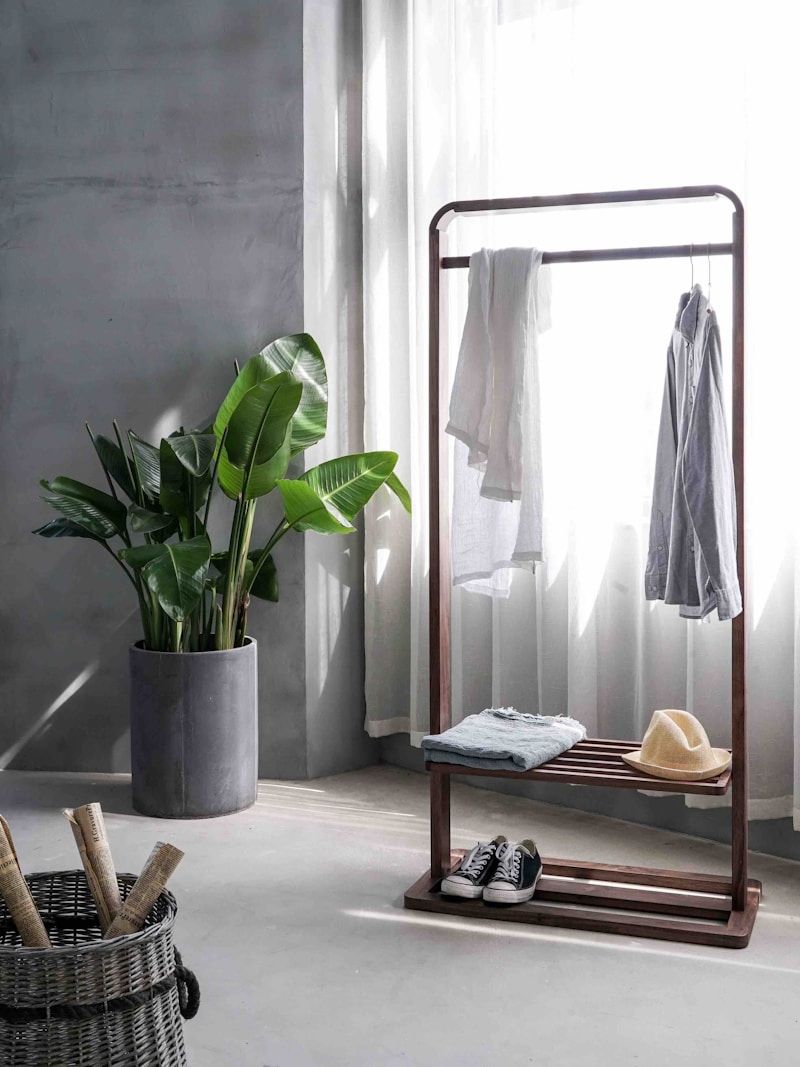Exploring the Beauty of Mixed Patterns and Textures in Home Décor
Understanding the Concept of Mixed Patterns and Textures
In the world of interior design, the art of mixing patterns and textures can transform a space from ordinary to extraordinary. The concept encourages creativity, allowing homeowners and decorators to blend various elements harmoniously. This article will delve deep into how to seamlessly integrate mixed patterns and textures in home décor, providing you with the tips, tricks, and inspiration necessary to achieve a stunning look.
The Importance of Mixed Patterns and Textures
Using mixed patterns and textures can enliven a space, adding depth and character. Here's why it matters:
- Visual Interest: Combining different designs and materials creates a focal point, drawing attention to specific areas.
- Personal Style: This approach allows individuals to express their unique tastes and preferences.
- Dynamic Atmosphere: A mix of patterns and textures can energize a room, making it feel more inviting and vibrant.
Types of Patterns that Work Well Together
When considering mixed patterns, understanding which designs complement each other is crucial:
| Pattern Type | Characteristics | Suggested Pairing |
| Geometric | Sharp lines, angles, and shapes | Botanical prints for contrast |
| Stripes | Ranging from bold to thin | Floral patterns for softness |
| Abstract | Freeform, not representing reality | Classic prints for a balanced look |
| Polka Dots | Playful and cheerful | Textured fabrics like linen |
| Tropical | Vibrant colors, leafy designs | Neutral patterns for equilibrium |
Texture: The Unsung Hero of Design
Textures can add dimension and warmth to a room. Here are common textures that pair well:
- Soft Fabrics: Velvet, chenille, or cotton cushions can provide softness against harder surfaces.
- Natural Elements: Rattan, wood, or stone create a rustic feel and bring a little of the outdoors in.
- Metallic Finishes: Adding metallics introduces a modern touch and can enhance color schemes.
Combining Patterns and Textures: Essential Tips
Now that you understand the importance of patterns and textures, here are some tips for successfully mixing them:
- Select a Color Palette: Choose a cohesive color scheme to unify different patterns and textures.
- Vary Scale: Use a mix of large and small patterns for balance. For instance, pair a large floral print with small geometric shapes.
- Control Chaos: Limit the number of patterns to three or four to avoid visual overload.
- Establish a Focal Point: Choose one bold pattern or texture as the main feature and build around it.
- Layer Textures: Layering various textures can create depth without overwhelming the space.

Incorporating Mixed Patterns and Textures in Different Rooms
Each room in your home can benefit from mixed patterns and textures, albeit in varying degrees and styles. Let’s explore how to apply these principles in distinctive spaces.
Living Room
The living room is often the heart of the home. Consider combining patterned throw pillows with a textured blanket or rug. Opt for a geometric-patterned couch and pair it with a floral wallpaper. The mix will create a welcoming ambiance where guests can relax.
Bedroom
In the bedroom, layering patterns can create a cozy retreat. Try pairing a striped duvet cover with polka dot or botanical print pillows. Additionally, introduce various textures through materials like velvet curtains or a knitted throw, ensuring each element harmonizes with the overall design.
Dining Room
The dining room can showcase elegance through distinct patterns. Use a patterned tablecloth or placemats and then amplify the look with textured tableware. You could also consider mixed-patterned dining chairs to give your space a fresh eclectic vibe.
Home Office
In a home office, the goal is often productivity. Create a stimulating environment by using patterned wallpaper as an accent wall, interspersed with textured elements such as a woven rug or a cork board. This combination can elevate your workspace while maintaining a professional look.
Embracing Cultural Patterns
Don’t forget to explore cultural influences. Moroccan, Indian, and Scandinavian patterns can bring an exotic flair to your décor. Mixing these with common patterns — like stripes or checks — can yield unexpected, beautiful results. Research globally inspired textures and patterns to broaden your horizons.
- Moroccan: Known for bold colors and complex patterns.
- Indian: Rich textiles with intricate designs.
- Scandinavian: minimalist prints often paired with natural textures.
Final Thoughts: Achieving Balance and Harmony
In conclusion, the concept of mixed patterns and textures is a versatile, creative process that can significantly enhance your home's aesthetic. Remember to focus on harmony over chaos, establishing a cohesive theme with your chosen color palette. While the mix should be exciting, it’s essential to maintain balance to avoid overwhelming your space. As you explore the world of interior design, allow your personal style to shine through your choices, and don’t hesitate to experiment until you find the perfect mix that reflects your taste.
As you embark on your journey of mixing patterns and textures, here are a few reminders:
- Start small, especially if you’re new to mixing.
- Utilize samples or swatches to visualize how patterns will work in your space.
- Check for lighting; the way colors and patterns appear can change with different lighting.
With creativity and mindful selection, mixed patterns and textures can elevate your décor, bringing life and uniqueness to every room. Happy decorating!